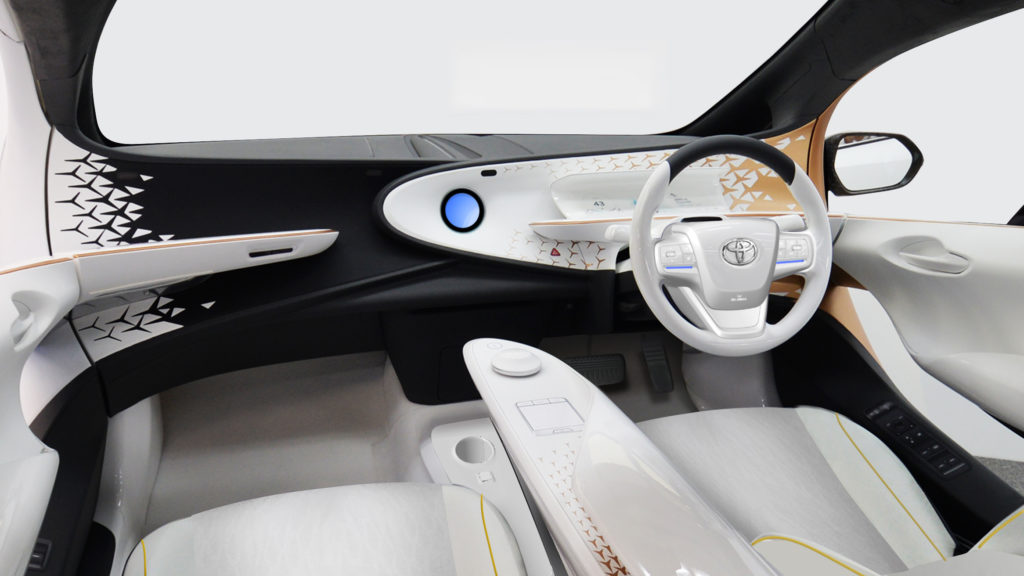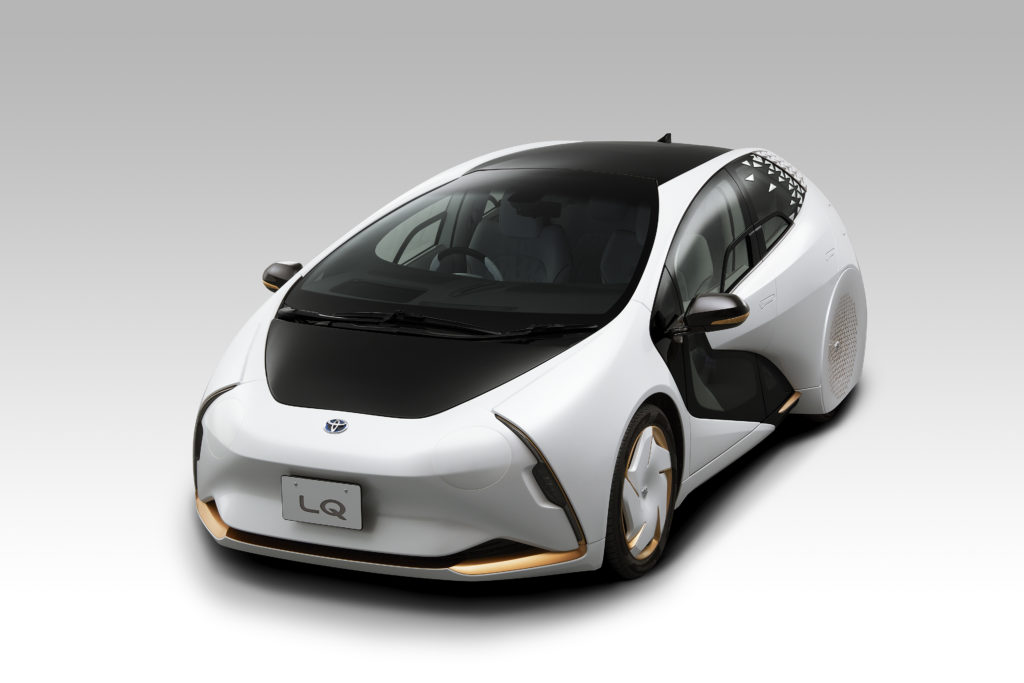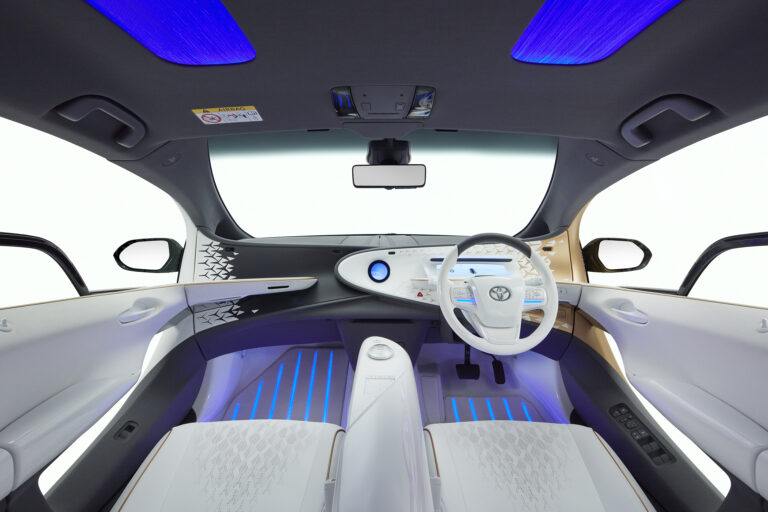Ahead of the Tokyo Motor Show taking place in Japan later this month, Toyota Motor Corporation has unveiled its LQ concept, a Level 4 autonomous vehicle equipped with an AI-powered personal assistant called Yui.
Toyota states that the automated driving technology will combine with the AI assistant to create a unique mobility experience that builds the relationship between vehicle and driver by learning from and responding to individual preferences and needs.
“In the past, our love for cars was built on their ability to take us to distant places and enable our adventures,” said Daisuke Ido, development leader for the LQ concept, Toyota. “Advanced technology gives us the power to match customer lifestyles with new opportunities for excitement and engagement. With the LQ, we are proud to propose a vehicle that can deliver a personalized experience, meet each driver’s unique mobility needs, and build an even stronger bond between car and driver.”
LQ will be displayed at the ‘Future Expo’, a special exhibition of the 2019 Tokyo Motor Show from October 24 to November 4. The public will have the opportunity to register for a chance to experience the LQ and Yui by providing their interests and preferences via an app.
The main features and technologies of the LQ include:
Yui mobility expert and AI agent
Yui provides a personalized mobility experience based on the driver’s emotional state and alertness. In order to ensure safety and comfort, the AI can engage with the driver using interactive voice communications, in-seat functions designed to increase alertness or reduce stress, in-vehicle illumination, air-conditioning, fragrances and other human-machine interactions (HMI). Yui can also select and play music based on the driving environment and provide real-time information on topics of interest to the driver.
Automated driving
The LQ is equipped with an SAE2 Level 4 equivalent automated driving functionality. The Automated Valet Parking System (jointly developed with Panasonic Corporation) eliminates the need to search for parking spaces by automatically driving between a drop-off spot and an assigned parking space. The system also maximizes space in the parking lot by reducing clearance between adjacent vehicles to 20cm.
AR-HUD (jointly developed with Panasonic Corporation)
LQ’s augmented reality head-up display (AR-HUD) supports safe driving by reducing driver eye movement. Driving information such as lane warnings, road signs, and route guidance can be displayed in a 3D and easy-to-understand manner over the scenery seen through the windshield. The system helps keep the driver’s eyes on the road thanks to a large screen display (equivalent to 230in) that has a depth of 7m (23ft) to 41m (135ft) ahead of the vehicle.
Seat with alertness and relaxation functions
LQ’s advanced seating system consists of multiple inflatable air bladders embedded into the seat with an in-seat air-conditioning system to help keep the driver awake or relaxed depending on the driving situation. When the system recognizes that the driver is tired, it inflates the air bladder in the seat back to support an upright sitting posture and directs cool air from the ventilation system located in the seat. When conditions allow the driver to relax, such as in automated driving mode, the air bladder in the seatback gradually inflates and contracts to encourage abdominal breathing.
HMI functions
LQ uses the roof and floor mat areas as an intuitive communications platform to share information between the vehicle and passengers. Embedded lighting displays different colors to indicate automated or manual driving mode and lights up different footwells to indicate which passenger Yui is addressing.
Air purification coating (jointly developed with Aisin Chemical and Cataler Corporation)
LQ features a newly developed catalyst coating that decomposes ozone into oxygen on the radiator fan, allowing ozone near the ground surface, a cause of photochemical smog, to be decomposed as the vehicle moves. Toyota has measured the effect of the coating as purifying about 60% of ozone contained in 1,000 liters of air over the course of a one-hour drive.
Design
The minimalist interior is smooth and sleek, with key elements like air-conditioner vents hidden behind invisible registers. The 3D-printed center console is reinforced using the design technique of topology optimization, which provides optimal strength and supports an advanced vehicle interior with fewer support structures visible to the driver.





